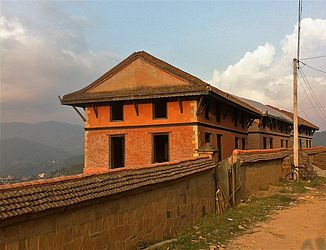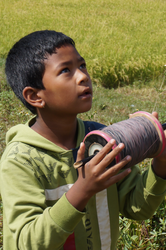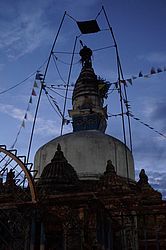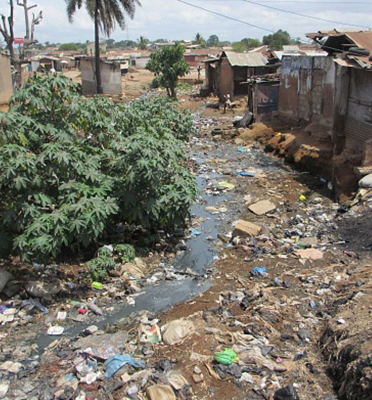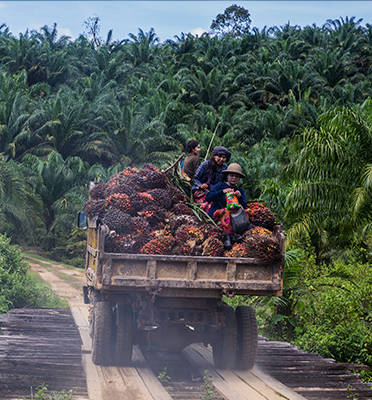It all started with Allard de Stoppelaar’s father, Cas de Stoppelaar, consul-general for Nepal in the Netherlands. Allard: “After the severe earthquakes in Nepal in April 2015 that destroyed or heavily damaged over 800,000 homes, my father asked me: “Can’t you see whether TU Delft could do something for Nepal?”
And so, last September a multidisciplinary team of five students from the Construction Management and Engineering* and Building Engineering master’s degree programmes headed for Kathmandu. The central question for ‘Shock Safe Nepal’: what is the best way to re-build Nepal in a structurally earthquake proof way?
Platform
The continuity of this research is very important to all those involved. Team member Baris Can Düzgün: “It’s a major research question that involves a large number of individual problems. It can’t be solved in eight weeks by a single team of students”. This is why the group first set themselves the task of creating an overview of the situation in Nepal and then formulated the various problems to be tackled by subsequent teams of students. This means ‘Shock Safe Nepal’ won’t be a one-off project, but will become a platform for knowledge on low-tech and non-engineered earthquake solutions in Nepal.
No cement
To this end, the team first spoke to Nepalese government figures and foreign organisations such as UN-Habitat and the National Society for Earthquake Technology in Nepal (NSET). Allard: “This provided us with a better impression of the situation in Nepal. For instance, while we were there, India closed the border with Nepal, which stopped all imports. So alongside there being no more petrol, gas or medicines, there also wasn’t any cement coming into the country”. These and other issues were then catalogued by the team.
Ribbon villages
Nepal is home to many ribbon villages built either side of trading routes that run across the Himalayas. People build their own homes against the steep walls. How do you do so safely? Baris: “We wanted to provide a hands-on solution, after all we’re TU Delft students. We studied the various construction methods and came up with a design that combines concrete frame construction with composite concrete and steel columns”. During the first few weeks they heard concrete frame construction was too unsafe. All sorts of reasons were provided, but the students gradually discovered that this was primarily attributable to poor execution. “On paper everything’s fine, but in practice it isn’t built that way.” People often have their homes built by neighbours or family members who are farm labourers or work as potters – they just don’t have the knowledge to build homes. Money is also an important factor. “It’s cheaper to mix more sand into the cement.”
And after that...
After the first team, four more teams went to Nepal to work on the project. Read their stories.

